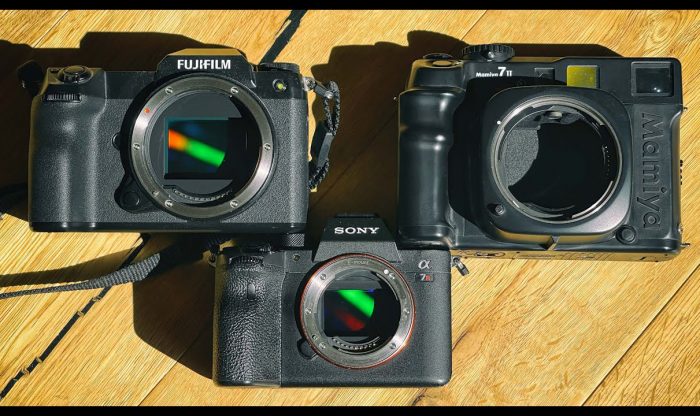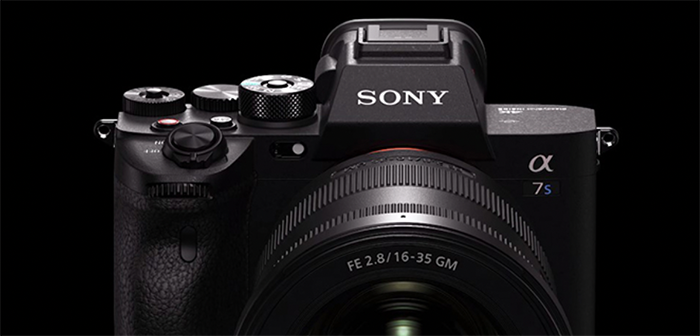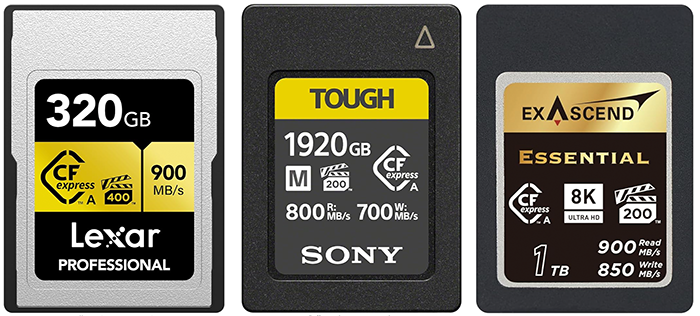(UPDATED) Tricks and tips to get the best from A77 RAW images!
Our reader “QX” sent me a link to an article he posted on Dpreview Forum: http://forums.dpreview.com/forums/readflat.asp?forum=1037&message=39655557.
UPDATE: The test caused heavy discussions on dpreview forum and on Sonyalpharumors. Many questioned the conclusion and quality of the test. QX sent me an email that explains better the test and resutls of his test:
“Andrea,
My apologies for getting you into that shitstorm.
I have posted a summary of my findings in the comments section, maybe that will help.
I was just trying to put the information out there, and maybe my Original Post in the forums was too strongly worded.
I was alarmed because my A700 did not exhibit this kind of behavior in RAW.
1) If you’re shooting JPEG, choose whatever ISO you want. For High ISO try NR Weak, Clear -2,+2,-2 settings. Those worked for me at 6400 in 6MP mode. 24MP JPG high iso isn’t really… acceptable. You’ll see what I mean.
2) If you’re shooting RAW, stick to ISO 1000, and underexpose by whatever you need to get the equivalent ISO. For example, ISO 1600 means ISO 1000 and -2/3EV compensation. You can bring exposure up later .
3) If you are shooting in good light, don’t bother exposing to the right, as it seems that the RAW file stores almost the same number of levels per stop, so there is no nett gain by exposing to the right. This was my beef in claim 2 in my original post – there is no way to buy yourself any more processing headroom by ETTR (stuff like increasing clarity and contrast will increase noise, and if you tried to boost a properly exposed, low contrast subject, you will get more noise. Traditionally, if you ETTR, reduced exposure in ACR and then boosted contrast, you’d get better results).
4) Make sure you tune the focus correctly for your lenses. The A77 is really high res – it will make you pay for any small front/back focus. I had to tune my 16-50 kit to +3 to make it spot on, and it’s been behaving ever since.
It seems that there are many who just looked at the first post in that thread and jumped to conclusions. There was a lively discussion in that thread punctuated by trolls.
I don’t claim to be perfect, but as in Science, any hypothesis will be tested rigorously, and I am happy that happened in DPReview forum. I also learned a lot from the other posters.
Once again, I’m sorry for the trouble that I caused you.”
—
One more thing: Every RAW file has some form of compression (also Nikon NEF files!). Our reader Oneguy sent me this: “ In the DPR thread that you linked, one of the poster is ejmartin (Real Name: Emil Martinec, Professor of Physics at the University of Chicago and a member of the particle theory group. He is also creator of Amaze, Raw demosaicer algorithm). See his article on noise: http://theory.uchicago.edu/~ejm/pix/20d/tests/noise/noise-p3.html
Scroll down to “An aside on “lossy” NEF compression” section and read the conclusion:”Bottom line: The “lossy” form of NEF compression is a clever use of information theory to save space by eliminating redundant raw levels. The noise which is unavoidably present in light effectively dithers tonal transitions so that the compression is lossless in that the image is still encoded without loss of visual information. In this sense, “lossy” compression is perhaps an inappropriate appelation.”



